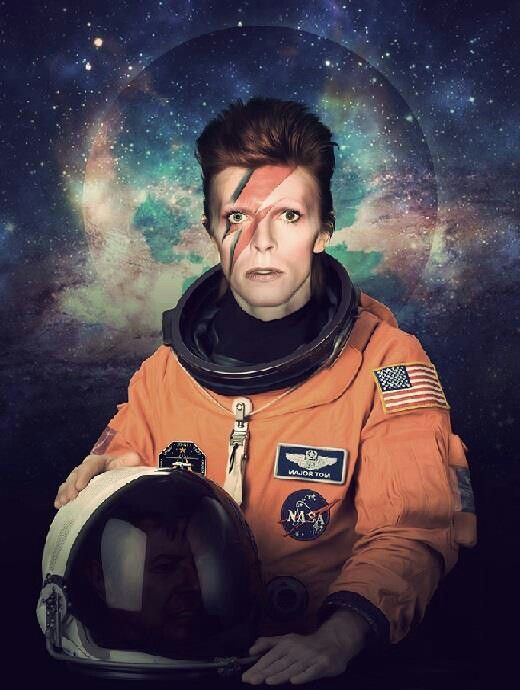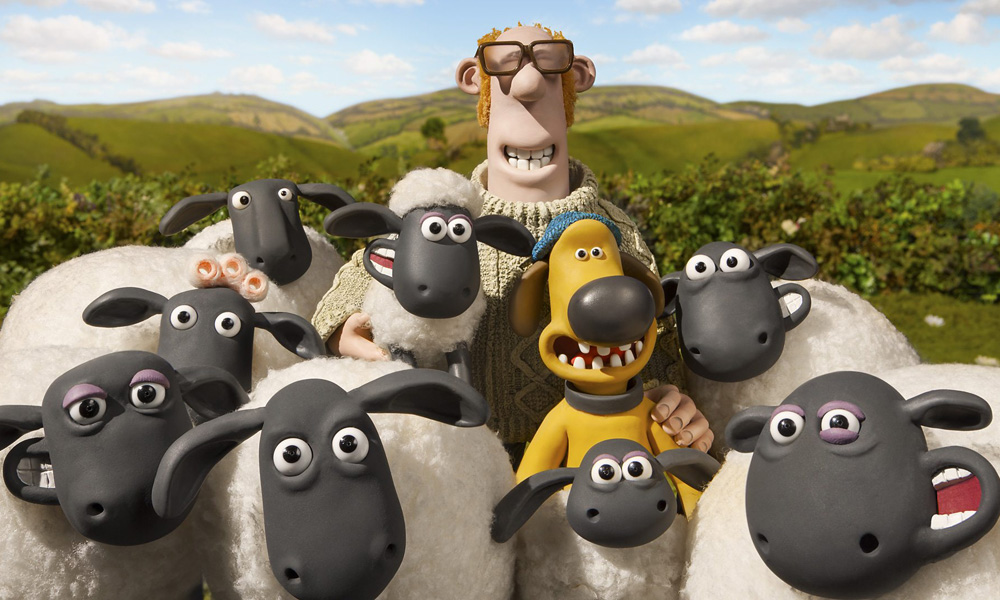Phantoms in Photos – Victorian spirit photography

Spirit Photography and Spiritualism in the 1800s.
We take horror movies and media meant to scare us for granted these days. We go to the cinema, wanting to be spooked, but never really believing in the ghosts and ghouls on the screen.
This was a whole different story in Victorian times! In the 19th century, support rose for Spiritualism and Occultism. People were disillusioned with society and religion after the the wars – WWI in Europe and the American Civil War. New advances were happening in the field of science. Darwin announced his Theory of Evolution. A lot of people began to question their religion, and they turned to Spiritualism to answer some of their questions. Spiritualism (the belief in the otherworld) and the Occult became something that bridged the void between religion and science.
The 1820s also saw the rise of photography as Louis Daguerre created the daguerreotype, the first commercially viable photograph. By the mid 1800s, the calotype became popular, a cheap and accessible alternative to this practice. Calotypes meant that more people could get involved in photography.
It was not long before Spiritualism and photography converged.
William H. Mumler and spirit photography
In 1862, a Bostonian photographer named William H. Mumler claimed to have accidentally captured a spirit on camera. People were shocked, but instantly believed Mumler. Photography was a mystery to most, and people believed it was a scientific endeavour which could not be faked or manipulated.
Most had recently lost their loved ones and were desperate for a chance to meet them once more. They held onto the idea of spirit photography with hope.

Spirit photographs taken by William H. Mumler 1860-70s
People flocked to Mumler’s studio to have a spirit photograph taken with their long lost loved ones. Among his many clients were many celebrities, such as Mary Todd Lincoln who commissioned a spirit photograph of Abraham Lincoln, her late husband, which Mumler obliged.

Mary Todd Lincoln with the ghost of Abraham Lincoln, taken by William H. Mumler, 1870s
Before long, people began to get suspicious and claim that Mumler was a fraud. He was accused of extortion – to buy a spirit photograph was not cheap.
Mumler stood to trial in 1869. His trial was public and gruelling. P.T. Barnum (of recent Greatest Showman fame) gave a statement to the court. He presented no less than 10 ways in which a photograph could be faked. He claimed that Mumler was double exposing his photographic plates, printing one image on top of the other. Investigators examined Mumler’s studio, but they could not find obvious evidence of fraud. Begrudgingly and to great public uproar, they chose to release Mumler and allow him to continue with his practice for many more years.

A comic created in the 1860s satirising Mumler’s practice
However, after this very public trial, suspicion began to grow. More and more “spirit photographers” popped up around the globe. They all claimed to be able to call spirits back from the realm of the dead through their spirit photography. Some, like the French Edouard Buguet, were also brought to trial over their images. Unlike Mumler, Buguet was eventually sentenced as guilty of fraud and extortion.
Popular Culture
This caused public embarassment as people were shamed of having fallen for the scam, and the practice of “spirit photography” as something real and irrefutable waned in popularity. However, it is undeniable that “spirit photography” has had a huge influence on our modern popular culture. We still see the same type of composition in our ghost stories. It is common these days to see posters for movie posters showing the same tall translucent figures from spirit photographs, almost two hundred years later.

A poster for Guillermo del Toro’s 2007 movie, The Orphanage (above), is very similar to ghost photos taken in the 1860s and 1870s by photographers such as Eduoard Buguet (below)

We may not be convinced as readily as the Victorians, but deep down, we all still have that same desire to believe in ghosts and ghouls, to be scared for our own entertainment. Isn’t that why we force ourselves to sit through horror movies, watching through our fingers?







